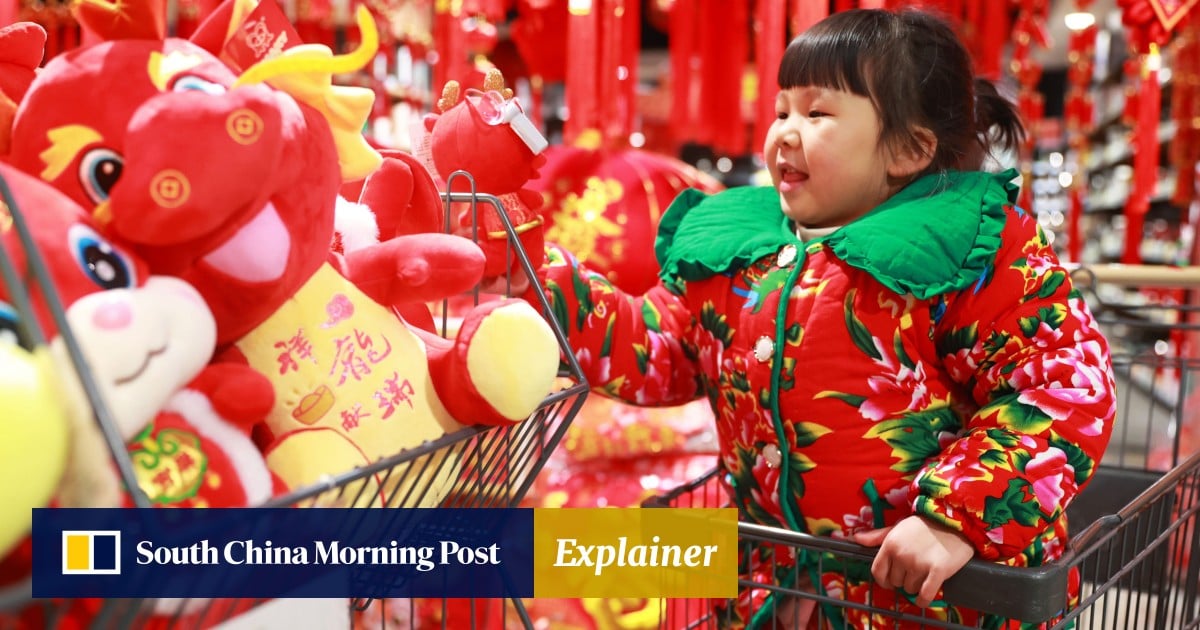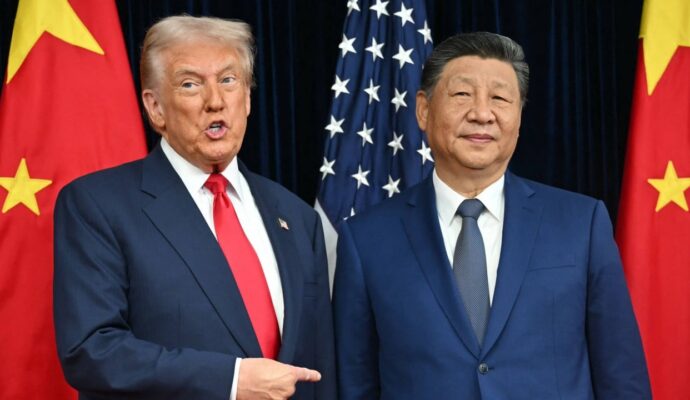
“CPI fell deeper into deflationary territory last month. But this was largely due to the usual volatility in food and tourism prices around Chinese New Year,” they said.
China’s consumer prices suffer steepest fall since 2009, adds to deflation woes
China’s consumer prices suffer steepest fall since 2009, adds to deflation woes
Junyu Tan, a regional economist for North Asia at Coface, said China’s CPI deflation intensified in January from a high base a year ago, while the drag from pork and fuel prices persisted.
“On a sequential basis, it is worth noting that inflation improved for a second consecutive month,” he said.
“But this should not be interpreted as a concrete sign of stabilising demand, as the improvement mainly stems from seasonal patterns, with demand for vegetables and household services rising ahead of the Chinese New Year.”
We don’t think one should be overly concerned
And economists Erin Xin and Jing Liu at HSBC pointed to preliminary data from activities around the Lunar New Year holiday as “coming in rosy”.
“Don’t get carried away by the lower headline inflation print, as preliminary data coming out of the holidays points to stronger consumption demand,” they said.
“We don’t think one should be overly concerned.”
2. Factory-gate deflation narrows slightly
China’s producer price index (PPI) – which measures the cost of goods at the factory gate – declined last month by 2.5 per cent, year on year, compared with a fall of 2.7 per cent in December, and marked the 16th straight month of decline. Wind had predicted a 2.5 per cent fall.
Analysts at Capital Economics said the increase was partly due to a lower base for comparison, while the pace of the month-on-month price decline also eased, supported by increases in metal prices amid the recent uptick in infrastructure spending.
“PPI deflation narrowed slightly, year on year, but worsened month on month as overall industrial activities experienced a winter seasonal trough and labour shortages before Chinese New Year,” said Tan at Coface.
“It is worth noting that ferrous metal mineral prices have risen continuously since the second half of 2023, and the increase has accelerated recently, suggesting that construction demand has stabilised.”
3. Core inflation falls to seven-month low
China’s core inflation, excluding food and fuel prices, fell to a seven-month low of 0.4 per cent in January from 0.6 per cent in December.
The main driver was a sharp fall in the tourism-price inflation, said analysts at Capital Economics.
“This component is volatile around Chinese New Year and likely to bounce back in February,” they said.
4. CPI to return to positive territory over the coming months
Analysts at Capital Economics expect easing food-price deflation to lift consumer-price inflation into positive territory in the coming months, but they expect core inflation to probably stay low.
CPI inflation would average only 0.5 per cent in 2024, up from 0.2 per cent in 2023, they predicted.
“We think consumer-price inflation will return to positive territory over the coming months,” they said.
“But structural imbalances between supply and demand mean that core inflation is likely to remain subdued relative to pre-pandemic norms for the foreseeable future.”
The weak inflation data will undoubtedly prompt more policy actions, but policymakers will likely continue to favour investment and production
Song at ING sees a high likelihood that January’s data could mark the low point for year-on-year inflation in the current cycle, considering the more favourable base effects for February’s data.
Coface’s Tan expects mild reflation in 2024, helped by a favourable low base, while supply-side distortions – including low pork and car prices – should also ease. But with consumer confidence still sluggish, he questioned whether demand-led reflation may take hold.
“The weak inflation data will undoubtedly prompt more policy actions, but policymakers will likely continue to favour investment and production,” Tan said.
“Consumption stimulus may remain piecemeal from local governments and favour only certain products, such as green furniture or electric vehicles.
“One might, therefore, wonder whether policy bias could amplify supply-demand imbalances and lead to renewed deflationary pressure.”


